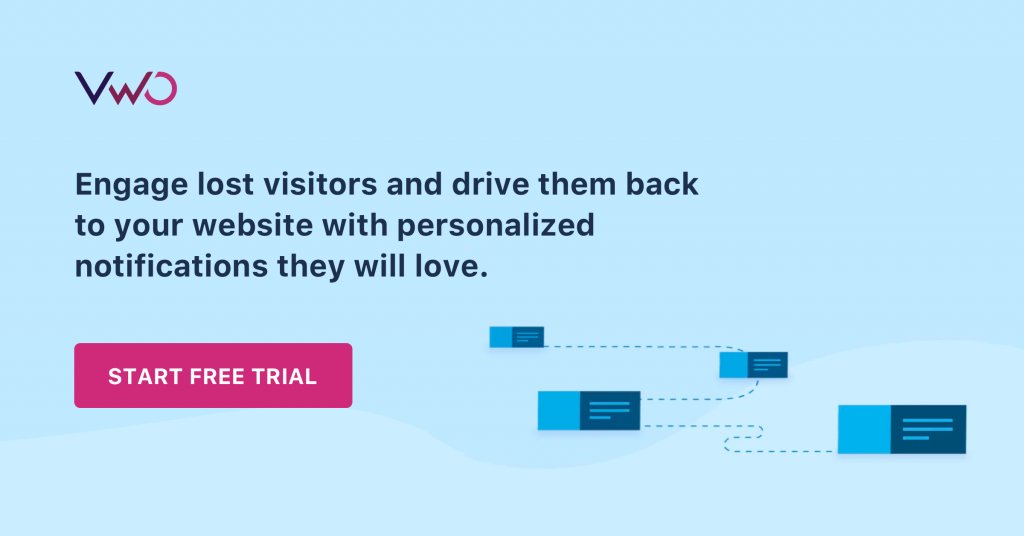Push notifications resonate with the speedy and real-time delivery of brand communications. They play an instrumental role in improving engagement with users. However, there are instances where not all subscribers receive the notifications you send or schedule for sending. Is your push notification delivery rate under 100%? If yes, it’s okay, and here’s why.
Download Free: Push Notifications Guide
In this post, we’ll be explaining the reasons why your push notification delivery rate cannot be 100%, and what we have implemented to help you understand why your delivery rate is lower than you expected, at any point in time.
1) The browser is not open on the device
Web push notifications appear on a subscriber’s screen (on both desktops and mobile web browsers) when the browser is open for which they opted in. This means that even if your subscriber is browsing other websites, they will receive your notification real-time. But, if the browser itself is not open, they will only receive your notification when they reopen it.
2) Users clear other site data in Chrome
When users clear other site data from Chrome, the service workers are uninstalled. With this, your website won’t be able to send push notifications to that particular subscriber, resulting in a lower delivery rate.
3) The user disables background app activity
Within Operating Systems, people can switch off background refresh for apps. One reason could be to save mobile battery usage. And this can also forcefully disable the Chrome or Firefox app. This leads to the GCM neither overruling the token nor notifying the Chrome server.
4) Network problems disconnect GCM and the user
There are times when users are not connected to the internet for a long time. The reasons could be many, from being in areas without network coverage to avoiding roaming charges. When this happens, the device sends heartbeats at an interval of 28 minutes on the cell phone network and 15 minutes on WiFi (GCM’s idle socket connects an Android device to the Google servers).
If this heartbeat doesn’t reach the GCM server, Google continues to re-attempt connection. So, if the push notification user is disconnected from the internet for a long duration, GCM can neither deliver the notifications nor mark them as dormant. This can either delay the delivery of the notifications or leave them undelivered.
5) Browser app uninstalled
When a user uninstalls a browser app, GCM takes time to tag that device as non-functioning. This results in the notification being sent to the GCM, GCM attempting to send it to the device, and failing at it.
Download Free: Push Notifications Guide
6) Notification expires before reaching the end-user
If a user has either uninstalled the browser app, disabled background activity (mobile devices) or has been disconnected from the Internet for too long, and you’ve set an expiry to your notification, then chances are that the notification will not be attempted to be delivered once that specific time lapses.
Identifying these problems, we’ve established the ghosting system. In this feature, our algorithms predict and identify inactive push notification users for each VWO Engage account, that is, subscribers which will never receive your notifications due to any of the reasons stated above. This is followed by our system marking them as inactive or “ghosts”. Please remember that you won’t “lose” subscribers with this. Even after our system has marked certain subscribers as “ghosts”, we will continue to attempt delivering your messages to them, until they are marked as unsubscribed.
This way, you’re only charged for the number of active push notification subscribers in your push notification tool.
Conclusion
Push notifications are important for improving engagement with new users and to nudge existing users further in the buyer’s journey. Gaming company Ubisoft increased their CTR to 31% using push notifications.
It is completely normal to have your push notification delivery rate less than 100%. Your CRO efforts must be inclined towards understanding and gauging the gaps to identify possible opportunities to consistently optimize your conversions.






















